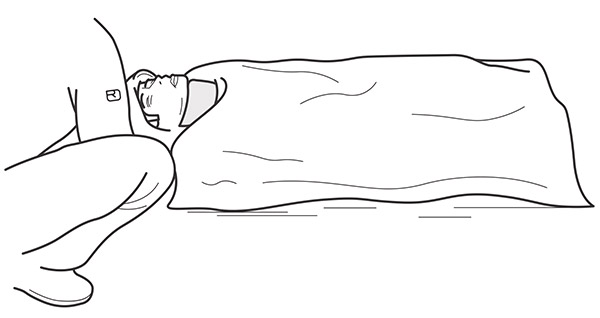Cervical spine injuries
A fall involving an awkward landing can cause cervical spine injuries. Cervical spine injuries should always be ranked as critical. Even mild pressure or aching in the cervical spine area should be treated with caution.
In addition to those listed above, the symptoms for a cervical spine injury may include weakness, tingling or numbness in the body or extremities. In some cases the victim is only able to move the arms or legs a little or not at all. Typical accompanying symptoms include anxiety and panic. Even if these symptoms are not all present, but there is pain or a feeling of pressure in the cervical spine area, you should assume the injury is serious.
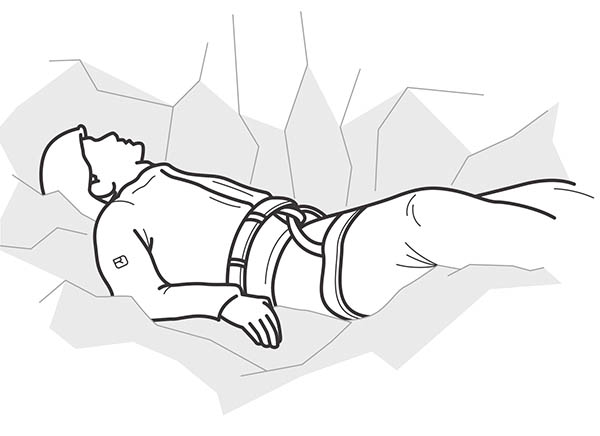
If the accident victim is lying on the mountain with the cervical spine twisted, the person should – if possible – be carefully laid out flat with the spine aligned. To do this a first responder should stabilize the head using their forearms. Any change of position should only be attempted in direct consultation with and with the cooperation of the injured person.
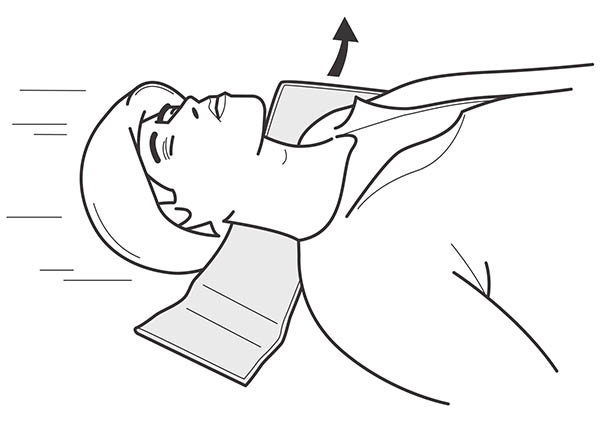
If there is a long wait for the professional rescue team and you are carrying an aluminum splint, this can be carefully placed under the area as a neck brace. This action should only be carried out by first responders who regularly practice fitting an aluminum splint as a neck brace.
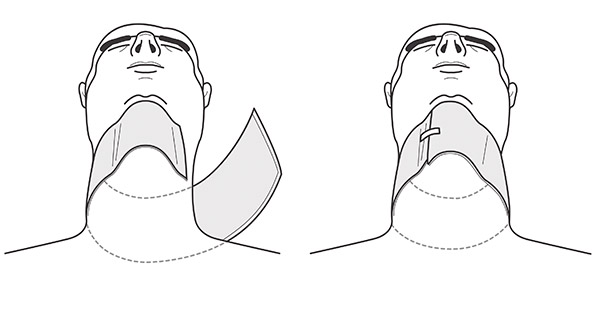
Once the aluminum splint is in place it can be fixed using tape. The aluminum splint does not immobilize the cervical spine completely. Sitting up, walking or any kind of jolting movement should be avoided at all cost.
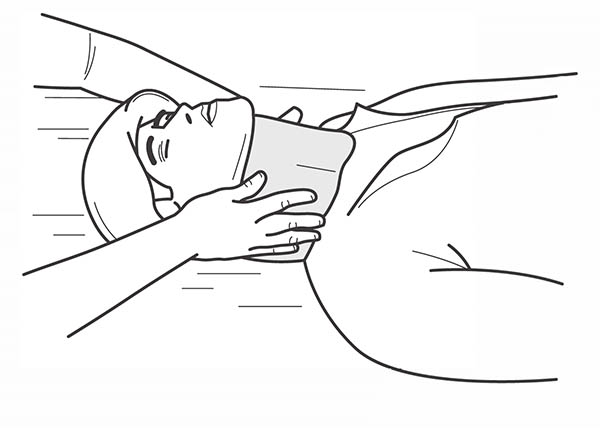
To prevent their body cooling down, the injured person should be wrapped up warmly and given plenty of reassurance.
An emergency call and a professional rescue team are required for evacuation to a hospital.
